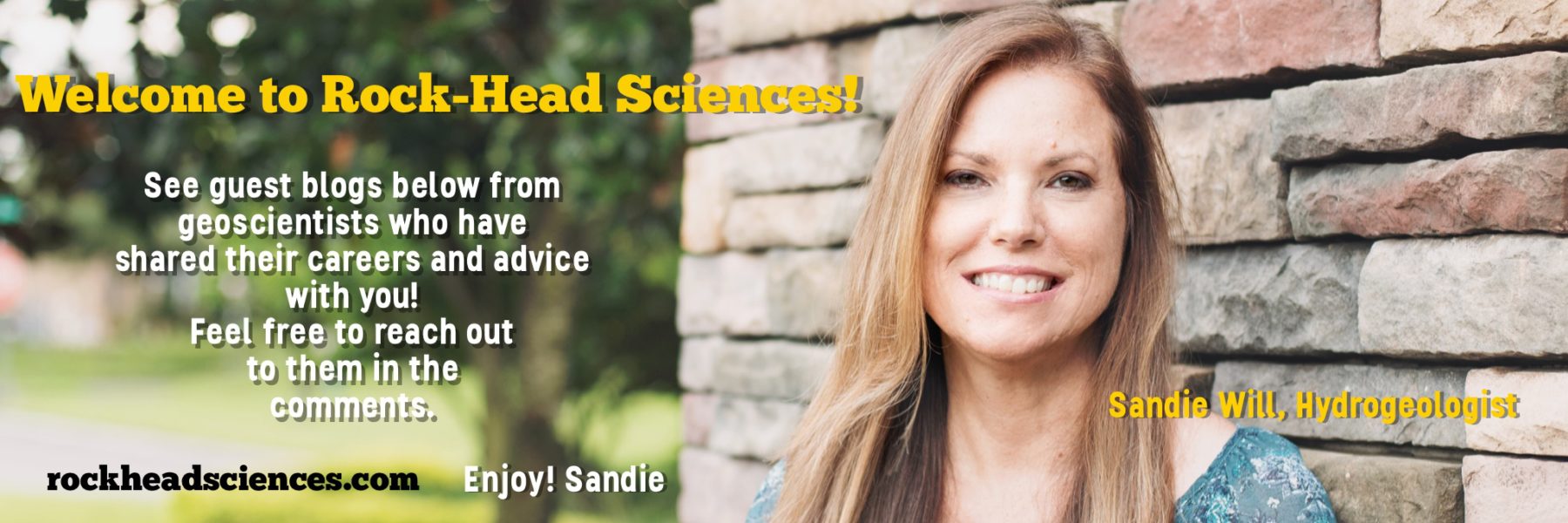
NAME: Jorge E. Romero Moyano
CURRENT TITLE: PhD Student/Geologist
AREA OF EXPERTISE: Physical volcanology, exploring processes of magma fragmentation and deposition over the Earth’s surface.
YEARS OF EXPERIENCE: 7
EDUCATION: I began my education in 2012 and obtained a degree in geology by 2019 at the University of Atacama (Chile). Yes, careers like Geology usually last 6 or more years there (full programs). Then I got a Dean’s Award Scholarship for continuing my PhD studies in Volcanology (magmatic processes leading to sector collapses at basaltic volcanoes) since 2020. I have participated in volcanology courses in the Canary Islands and at the National University of Mexico (UNAM).
WEBSITE: http://www.volcanochile.com
TWITTER NAME: @jeromerovolcan
What’s your job like?
My job is a mixture of hard days in the field with high exposure to the sun or cold, and days completely quiet, thinking, analyzing and writing papers. Both types of days are interesting, but especially fieldwork. Some days, I want to run away and breathe the pure air of Mother Nature.
What’s a typical day like?
I sleep no more than 6 hours and then wake up thinking how to solve geologic problems. My head works very well in bed, so I often fight to get out of it. I used to do writing and computing work in my mornings, then have lunch and rest during the afternoon. I move between my research. It is impossible for me to work in the same thing all day long. My most creative times come in the evenings when I draw figures and write my best paragraphs. My field days are much more exciting, starting as soon as the sun rises, taking long hikes, and collecting lots of information from the rocks and deposits. These days usually finish with a good (and big) food ingestion, and later re-hydrating with a good beer and watching the sunset or the night sky. Of course, life is not all rocks and volcanoes, I really enjoy time with my loved ones and also watching movies, having long talks, listening to good rock, and sometimes doing nothing.
What’s fun?
It is very fun to work in volcanoes, as they look-like big dormant (not always) guys, that you can walk over, but in a way, you always discover their power. You can see how they breathe through fumaroles, and most of the time, it is enjoyable with them. Life flows down from their slopes, providing natural resources and amazing ecosystems. Not so fun when they have a bad day, but we are aware of their personality.

What’s challenging?
Trying to comprehend the way volcanoes work is especially challenging. There are many variables and lots of processes occurring below the Earth’s surface, and a good basis in chemistry, physics, thermodynamics, math, and several other topics is highly necessary to approximate them. The most challenging fact is trying to predict volcanic eruptions using volcano monitoring. Any little mistake may have a large impact on people’s life.
What’s your advice to students?
First, love what you do. Then, study what you want to, and try to take all the tools that you may need in the future, even if those tools require a big brain effort from you. Volcanologists need to do research, and the best way is to do an MSc or Ph.D. after your undergraduate school. If you study volcanoes, you should be fresh and always updated. You need to do fieldwork frequently and meet with the communities. Never forget that we serve them.
